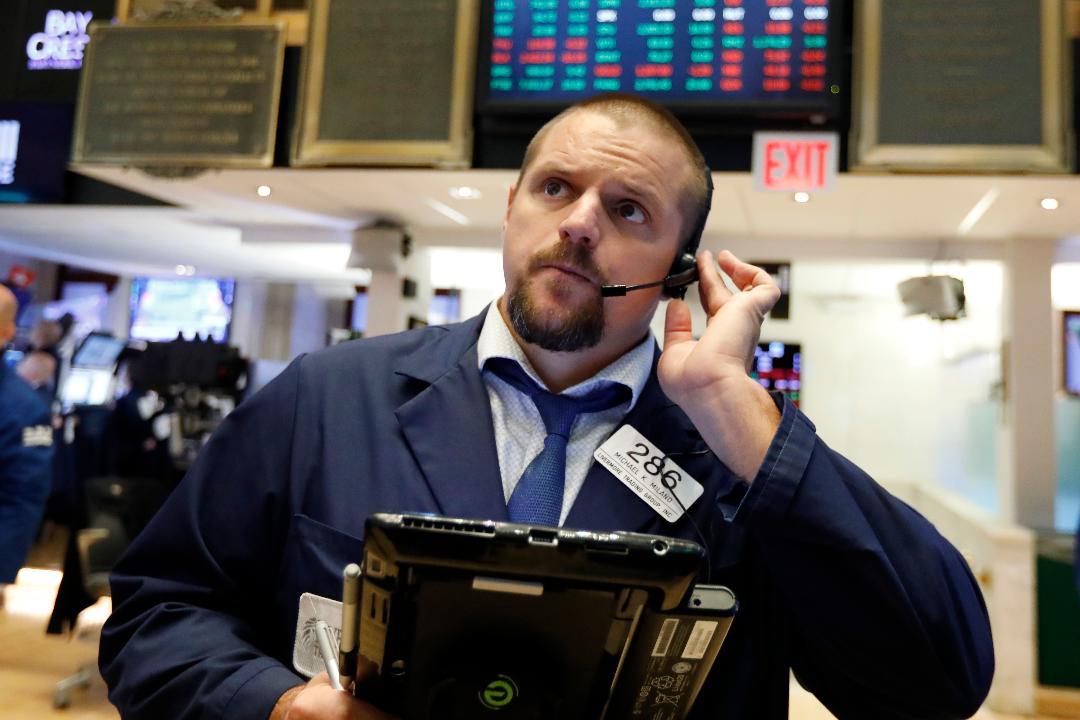Higher fuel costs bring mixed bag of earnings at top U.S airlines
Demand for airline travel reached record levels in 2018, but top U.S. carriers had mixed results for the year as double-digit increases in fuel costs undermined earnings at some of the largest companies.
At American Airlines, the world’s largest carrier, profits grew 10.2 percent for the year as fuel costs ballooned 31.4 percent, it said on Thursday.
| Ticker | Security | Last | Change | Change % |
|---|---|---|---|---|
| AAL | AMERICAN AIRLINES GROUP INC. | 15.78 | +0.17 | +1.09% |
| LUV | SOUTHWEST AIRLINES CO. | 41.26 | +0.54 | +1.31% |
| UAL | UNITED AIRLINES HOLDINGS INC. | 113.99 | +1.14 | +1.01% |
| JBLU | JETBLUE AIRWAYS CORP. | 4.80 | +0.06 | +1.27% |
| DAL | DELTA AIR LINES INC. | 71.05 | +0.93 | +1.33% |
| UAL | UNITED AIRLINES HOLDINGS INC. | 113.99 | +1.14 | +1.01% |
The Fort Worth, Texas-based company is facing pressure from investors to turn around earnings after posting declines in the past several quarters. CEO Doug Parker promised significantly improved results in 2019, including 40 percent higher profits midway through the year.
“We are intent upon running the most reliable operation in our post-merger history, pursuing high margin growth opportunities at our most profitable hubs, and executing on a number of valuable revenue and cost saving initiatives,” he said in a statement.
And at Southwest, net income dropped 26.6 percent to $2.5 billion, or 4.29 per share, the company said on Thursday. Fourth quarter-profits for the Dallas-based carrier fell 62.6 percent as fuel costs rose to $1.2 billion.
CEO Gary Kelly also said earnings would be stronger in 2019. Our goals are to “grow profits and earnings per share, expand margins, improve returns on invested capital, and maintain an investment-grade balance sheet,” he said in a statement.
Fuel costs ballooned to nearly $100 a barrel in September, the highest level since 2015 according to the International Air Transport Association. But prices have dropped in recent months and were down 6.2 percent in January compared to a year ago.
While higher fuel expenses affect the industry as a whole, larger carriers are generally able to absorb the cost more than budget airline competitors. Profits at JetBlue, for example, fell 83.3 percent for the year to $1.1 billion, or $3.41 per share. Fuel expenses at the New York City-based carrier grew nearly 40 percent in 2018, the company disclosed on Thursday.
“We expect 2019 will be a stepping stone year to deliver on our 2020 goals, and to further improvements beyond 2020,” CEO Robin Hayes said. “We expect to see margin expansion resulting from our network reallocation, ancillary revenue initiatives, improvements to our fleet and our progress in better controlling our costs.”
To combat the increased operating costs, carriers said they would raise ticket costs and cut the number of planned flight routes. Southwest expects to increase capacity in 2019 by 5 percent at the most, while American did not provide an estimate.
CLICK HERE TO GET THE FOX BUSINESS APP
Airlines have also found other ways to bolster revenue. Carriers are shipping more cargo in the belly of aircrafts as e-commerce sales grow. At American, cargo revenue grew 13.8 percent in the year to $1 billion.
American, Delta Air Lines, United Airlines and others are also raising the price of ancillary fees, like the cost of checking a bag or selecting a seat, and dividing their cabins beyond the traditional three segments -– coach, business and first class -– in order to further drive profits.




















